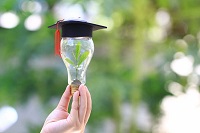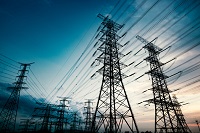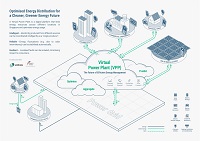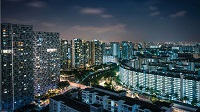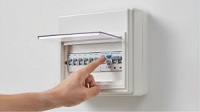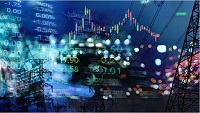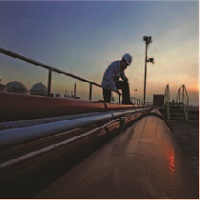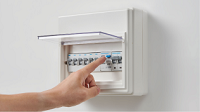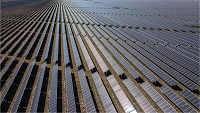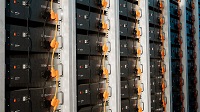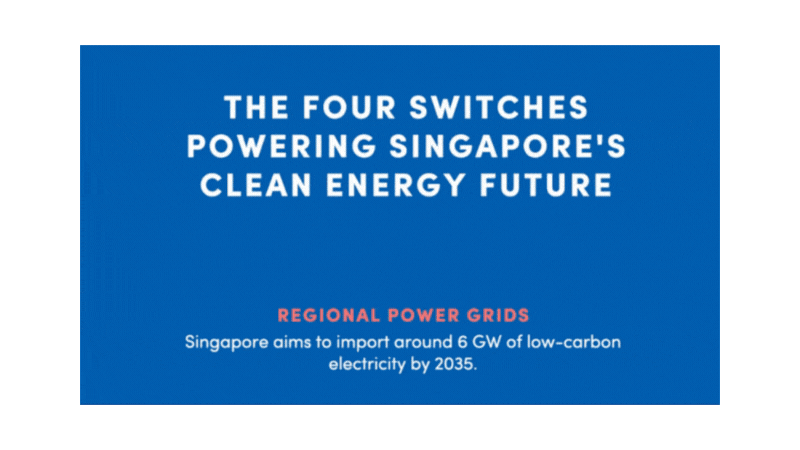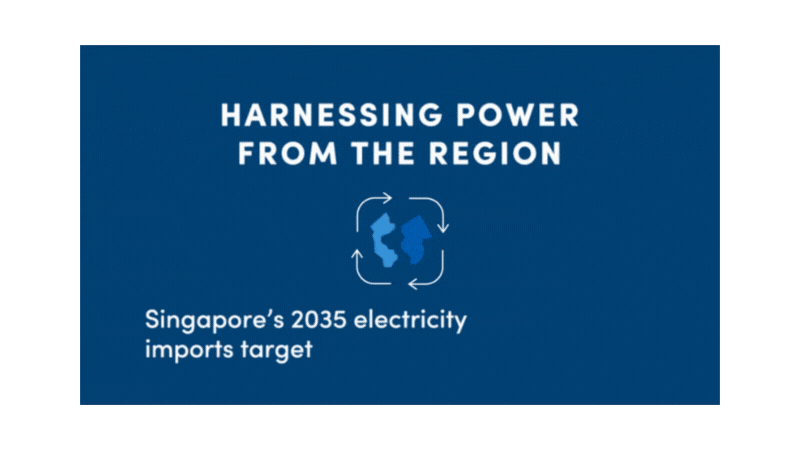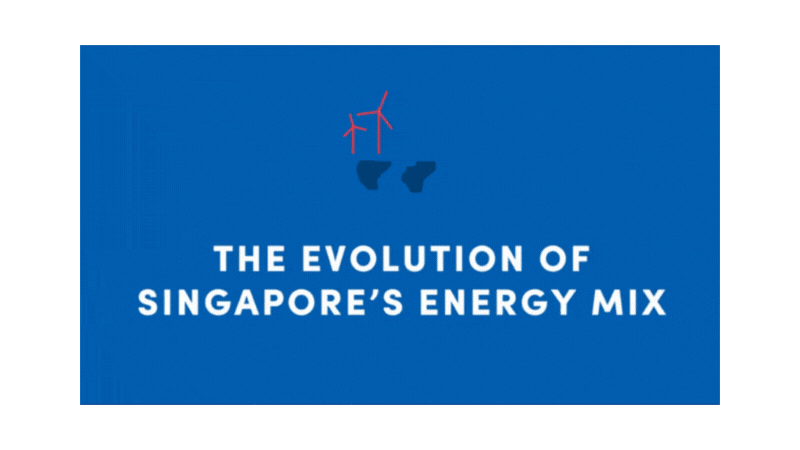The Asia-Pacific region boasts an abundant range of renewable energy resources such as solar, wind, hydropower and geothermal energy. However, renewable energy, unlike fossil fuels, is not uniformly available. Some countries have vast tracts of land for solar panels or stronger winds, while others simply do not have such resources. A regional power grid allows countries blessed with abundant renewable resources to export their resources, ensuring a steadier, more reliable energy supply across the grid. Collaborating with neighbouring countries allows Singapore to tap into this potential.
“The reality is that we do not have the space required for large-scale renewable energy generation. We have to explore new technologies and renewable energy sources outside the country,” explained Ms Chan.
Working in tandem with Ms Chan’s team, Mr Kannan is excited with the economic prospects of regional power grids. When countries trade electricity with one another, it encourages investments in renewable energy infrastructure and catalyses new growth opportunities in areas such as smart grid and energy storage systems. At the macro level, this helps to speed up the shift towards cleaner energy while also supporting economic growth in the region. “New markets are created and the region benefits as a whole,” he noted.

